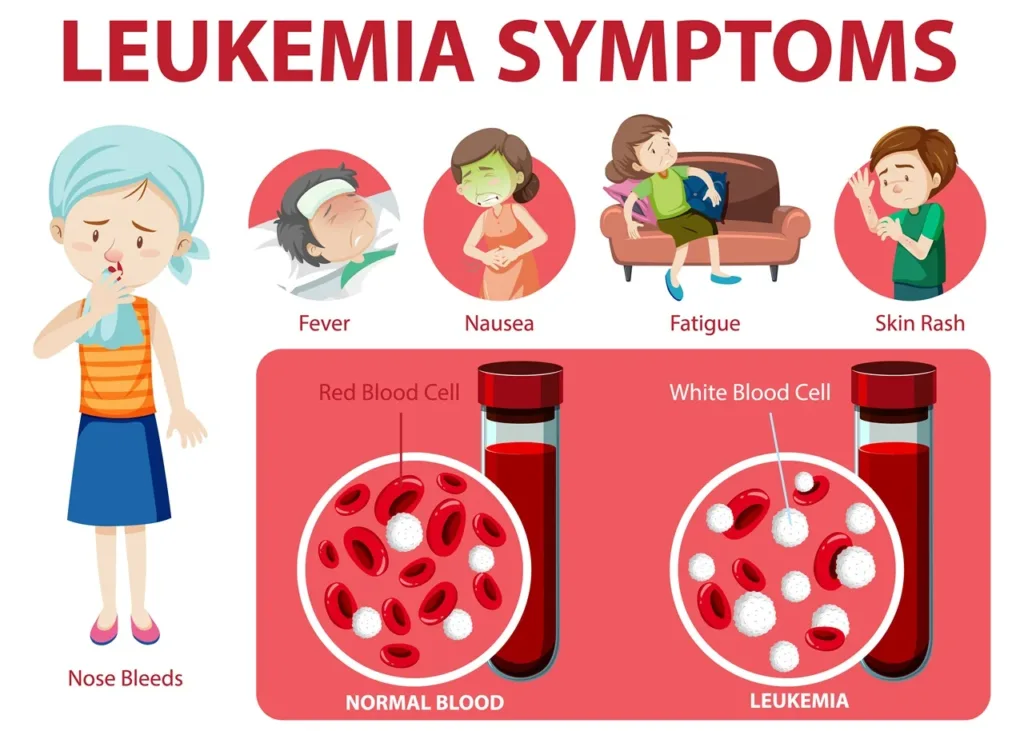
Introduction:
Lymphomas Are A Type Of Cancer That Affects The Lymphatic System, A Key Part Of The Immune System. It Is Essential To Know And Understand Lymphomas For Their Early Detection And Timely Treatment. This Article Aims To Provide A Detailed Overview Of Lymphomas, Including Their Types, Symptoms, Treatment Options, And The Importance Of Raising Awareness.
Table of Contents
Lymphomas Overview :
- Lymphomas Are Cancers That Develop In Lymphocytes, White Blood Cells That Play A Vital Role In Fighting Infections.
- They Are Broadly Classified Into Two Main Types: Hodgkin Lymphoma And Non-Hodgkin Lymphoma.
- Understanding The Distinction Between These Two Types Is Essential As Treatment Approaches Differ Significantly.
Types Of Lymphomas
1. Hodgkin Lymphoma
- Hodgkin Lymphoma Is Relatively Rare And Represents Only A Small Percentage Of All Lymphomas.
- It Is Characterized By The Presence Of Reed-Sternberg Cells, Large Abnormal Cells Found In The Lymph Nodes.
- There Are Different Subtypes Of Hodgkin Lymphoma, Including Classical Hodgkin Lymphoma And Lymphocyte-Predominant Nodular Hodgkin Lymphoma.
- Each Subtype Has Different Characteristics, Prognosis, And Treatment Options.
2. Non-Hodgkin Lymphoma
- Non-Hodgkin Lymphoma Is More Common Than Hodgkin Lymphoma And Has Several Subtypes.
- It Is Classified Into Indolent (Slow Growing) And Aggressive (Fast Growing) Types.
- ndolent Subtypes Often Progress Slowly And May Not Require Immediate Treatment, While Aggressive Subtypes Require Immediate Intervention.
- Some Common Subtypes Of Non-Hodgkin Lymphoma Include Diffuse Large B-Cell Lymphoma, Follicular Lymphoma, And Mantle Cell Lymphoma.
Causes And Risk Factors
- The Exact Causes Of Lymphomas Are Still Unknown, But Several Potential Triggers And Risk Factors Have Been Identified.
- Genetic Factors, Exposure To Certain Infections (Such As The Epstein-Barr Virus), Autoimmune Diseases, And Exposure To Specific Chemicals Or Radiation Are Some Of The Factors That May Contribute To The Development Of Lymphomas.
- More Research Is Needed To Fully Understand The Underlying Causes And Risk Factors Associated With This Disease.

Symptoms Of Lymphomas
- Both Hodgkin And Non-Hodgkin Lymphomas Share Some Common Signs And Symptoms.
- Enlarged Lymph Nodes, Especially In The Neck, Armpits, Or Groin, Are One Of The Most Notable Symptoms.
- Other Common Symptoms Include Fever, Night Sweats, Unexplained Weight Loss, Persistent Fatigue, And General Systemic Symptoms Such As Itching Or Changes In Appetite.
- It Is Important To Pay Attention To These Symptoms And Seek Medical Attention If They Persist Or Worsen.
Diagnostic Procedures
- To Accurately Diagnose Lymphomas, Various Diagnostic Tests Are Performed.
- A Biopsy, Which Involves Removing A Small Sample Of Lymphatic Tissue For Examination, Is Considered The Gold Standard For Diagnosis.
- Blood Tests And Imaging Studies, Such As CT Scans Or PET Scans, May Also Be Performed To Evaluate The Extent Of The Disease And Determine The Most Appropriate Treatment Approach.
- Accurate Diagnosis Is Crucial To Selecting The Most Effective Treatment Options.
Treatment Options
- Treatment Of Lymphomas Is Based On Several Factors, Including The Type And Stage Of The Disease, The Patient’s General Health, And Individual Preferences.
- The General Principles Of Lymphoma Treatment Include Chemotherapy, Radiation Therapy, Immunotherapy, Targeted Therapies, And Stem Cell Transplantation.
- Chemotherapy, Which Uses Powerful Drugs To Destroy Cancer Cells, Is Commonly Used For Both Hodgkin And Non-Hodgkin Lymphomas. Radiation Therapy Can Be Used To Target Specific Areas Affected By Lymphomas.
- Immunotherapy And Targeted Therapies Aim To Improve The Body’s Immune Response Against Cancer Cells, While In Certain Cases Stem Cell Transplant May Be Considered To Replace Damaged Bone Marrow.
Living With Lymphoma
- Coping With The Emotional And Psychological Aspects Of Lymphoma Can Be Challenging For Both Patients And Their Families.
- It Is Important To Have A Strong Support System To Navigate This Journey. Support Groups, Counseling Services, And Online Resources Can Provide Valuable Assistance And Help Ease The Emotional Burden.
- Additionally, Patients And Their Families Should Educate Themselves About The Disease, Treatment Options, And Possible Side Effects To Make Informed Decisions And Actively Participate In Their Care.
Prognosis And Survival
- The Prognosis For Lymphomas Varies Depending On Several Factors, Including The Type And Stage Of The Disease, The Patient’s General Health, And Response To Treatment.
- With Advances In Medical Technology And Treatment Approaches, Survival Rates Have Improved Significantly Over The Years. It Is Important To Note That Survival Extends Beyond The Completion Of Treatment.
- Patients May Experience Long-Term Effects, Such As Fatigue Or Emotional Distress, And Regular Follow-Up Appointments With Healthcare Providers Are Crucial To Monitoring Any Potential Recurrence Or Complications.
Awareness And Promotion
- Raising Awareness About Lymphomas Is Essential For Early Detection And Timely Intervention.
- It Is Important To Educate The General Public About The Signs And Symptoms Of Lymphomas And The Importance Of Seeking Medical Attention If Any Abnormalities Are Noticed.
- Engaging In Advocacy Efforts, Supporting Research, And Raising Funds For Advances In Lymphoma Treatment Can Have A Significant Impact On The Lives Of People Affected By This Disease.
Conclusion
- Lymphomas Encompass A Diverse Group Of Cancers That Require Careful Understanding And Care.
- By Becoming Familiar With The Different Types, Symptoms, And Treatment Options, We Can Contribute To Early Detection And Better Outcomes.
- Through Awareness, Support And Advocacy, We Can Create A More Compassionate And Informed Society That Stands United In The Fight Against Lymphomas.
- Remember, Knowledge Is Power And Together We Can Make A Difference In The Lives Of People Affected By This Disease.


